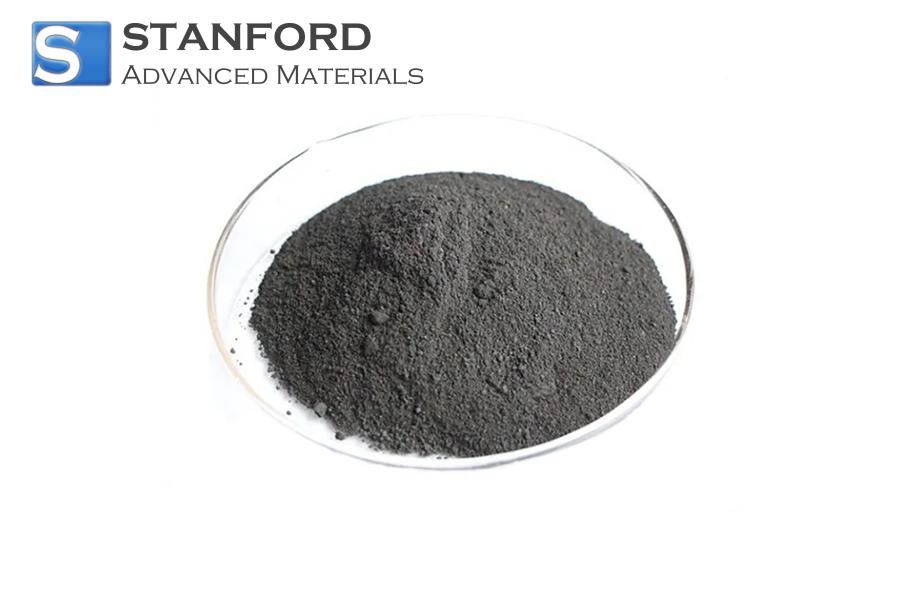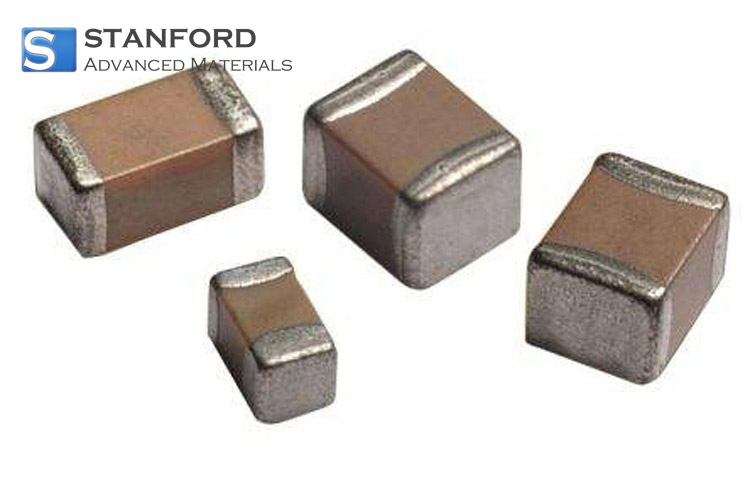The Four Major Applications Of Magnesium Alloys
Magnesium is recognised as one of the lightest engineering metals. It exhibits a high strength‐to‐density ratio, high stiffness and measurable damping capacity. Its recycling process requires relatively low energy. When combined with other elements, magnesium forms alloys with low density, high strength, a defined elastic modulus, measurable shock absorption and improved impact performance compared with aluminium alloys. These alloys also show resistance to corrosion from organic substances and alkaline environments. The applications of magnesium alloys are categorised into four main sectors.

1. Changes in Transportation
Given global energy concerns and environmental challenges, the automotive sector demands energy efficiency and reduced structural mass. Engineers utilise magnesium alloys in components such as motorcycle engines, wheel hubs, gear systems, rear handrails and damping mechanisms. They incorporate these alloys to decrease vehicle weight, thereby improving acceleration, braking performance and fuel consumption. The alloys also reduce vibrations, pollutant emissions and noise.
The automotive industry shifts towards sustainable practices. Magnesium alloys serve essential roles in designing lighter vehicles, and their defined strength and stiffness support improvements in electric and hybrid models.
2. Advances in Electronics
The electronics industry employs magnesium alloys in thin-wall die-casting applications. The alloys provide an efficient ratio of strength to stiffness and offer quantifiable impact protection. These characteristics satisfy requirements for high integration, lightweight design, miniaturisation, collision protection, electromagnetic shielding, effective heat dissipation and environmental safety. Engineers use these alloys in the fabrication of cases and components for devices such as mobile phones, laptops, digital cameras and PDAs.
This method has resulted in measurable progress in the development and application of magnesium alloys in the electronics sector.
3. Developments in Aerospace
The aerospace sector requires a reduction in mass while maintaining load-bearing capacity. Engineers apply magnesium alloys in components of both civilian and military aircraft. They are used in engines, propellers, gearboxes, structural frameworks and in parts of rockets, munitions and satellites. The incorporation of these alloys decreases overall aircraft mass, thereby improving fuel efficiency and increasing payload capacity.
Their defined strength and stiffness enable the fulfilment of critical performance requirements in aerospace engineering.

4. Corrosion Protection in Chemical Applications
Magnesium alloys are employed as sacrificial anodes to protect against metal corrosion. These anodes are used in both domestic and industrial settings to safeguard items such as water heaters, underground iron pipes, cables, oil tanks, water distillation units, ship hulls and steel piles in marine environments.
The chemical industry benefits from the alloys’ resistance to corrosion in conditions involving water immersion or exposure to aggressive chemicals. Their use extends the service life of infrastructure and reduces maintenance expenses.
The varied applications of magnesium alloys underscore their importance in advancing technological processes and sustaining material performance across multiple sectors.

 Bars
Bars
 Beads & Spheres
Beads & Spheres
 Bolts & Nuts
Bolts & Nuts
 Crucibles
Crucibles
 Discs
Discs
 Fibers & Fabrics
Fibers & Fabrics
 Films
Films
 Flake
Flake
 Foams
Foams
 Foil
Foil
 Granules
Granules
 Honeycombs
Honeycombs
 Ink
Ink
 Laminate
Laminate
 Lumps
Lumps
 Meshes
Meshes
 Metallised Film
Metallised Film
 Plate
Plate
 Powders
Powders
 Rod
Rod
 Sheets
Sheets
 Single Crystals
Single Crystals
 Sputtering Target
Sputtering Target
 Tubes
Tubes
 Washer
Washer
 Wires
Wires
 Converters & Calculators
Converters & Calculators
 Write for Us
Write for Us


 Chin Trento
Chin Trento



